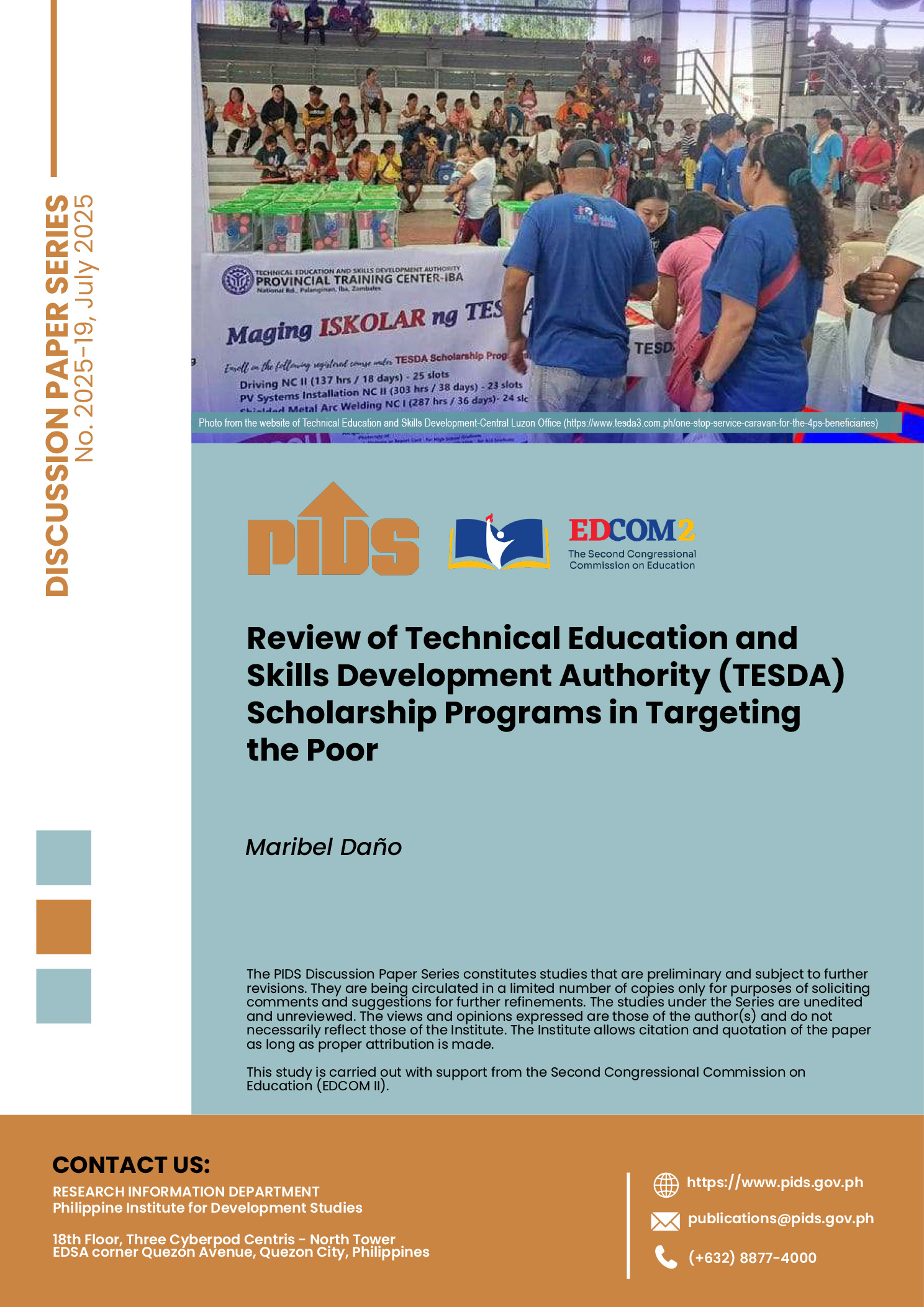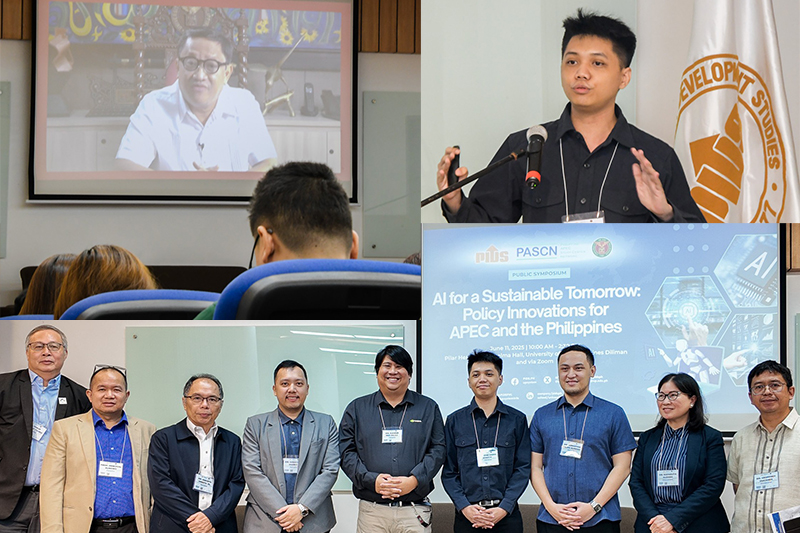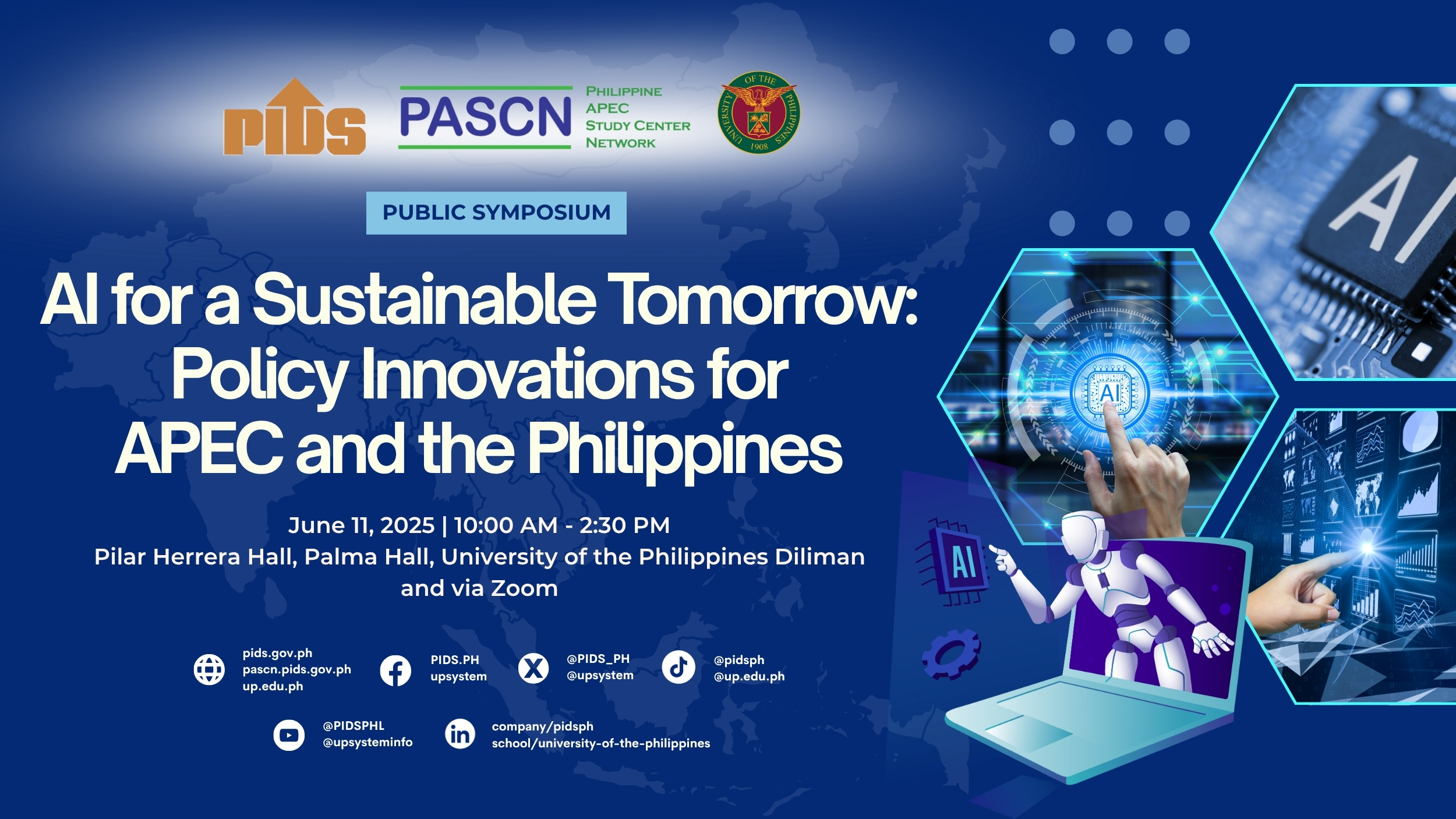The IT industry in the Philippines faces a critical challenge: a growing skills and talent gap. The Philippine Institute for Development Studies (PIDS) projects a surplus of 171,960 IT positions in the Philippines by 2025, highlighting a mismatch between graduates' skills and industry needs.
For Jay Pegarido, the country manager at Sansan Global Development Centre (SGDC), significant talent shortages highly affect specialised fields such as artificial intelligence (AI), machine learning, and cybersecurity.
"Competition for top talent has intensified as domestic and international companies offer attractive perks and benefits to secure skilled professionals. This situation highlights the urgent need for closer alignment between educational programs and the rapidly evolving demands of the IT sector," added Pegarido.
He noted that the talent gap slows down team expansion and affects growth: "Progress has been slower than usual due to the challenges of finding highly skilled talent to meet the specific requirements of our product development team.
"Bridging the talent gap requires significant investment in both time and financial resources in training programs to upskill new or existing employees. As a result, the alternative is often to hire more experienced professionals at premium salaries. Either way, this increases operational costs," he added.
Beyond hiring challenges, a lack of expertise in specialised fields also stalls innovation.
Pegarido added, "The intense competition for skilled IT professionals contributes to higher attrition rates, putting additional pressure on recruitment and retention efforts as we continue to grow our team."
Causes of skills and talent gap
Pegarido attributes the talent gap to a disconnect between education and industry needs. He observed many graduates lacking practical, hands-on experience to complement their theoretical knowledge.
Moreover, in Pegarido's view, the rapid evolution of technology, particularly in cloud computing and AI, has outpaced the ability of academic institutions to update their curricula. He said training in specialised fields such as data science and cybersecurity remains insufficient, further widening the gap.
Retaining skilled IT professionals has long been challenging in the Philippines, with many seeking better opportunities abroad.
According to PIDS, the Philippines' potential "brain drain" hinders workforce development, not only in the IT industry.
"We are losing many skilled workers who have college degrees and leave to work for better-paying jobs abroad even if the positions are below their education and training," PIDS posits in an article titled "Exporting Our People."
"To address this, companies must offer competitive salaries and benefits that are at par with industry rates, ensuring that top talent is incentivised to stay and contribute to the local IT industry," Pegarido said.
Developing and retaining IT talent
According to Pegarido, retaining and developing IT talent requires continuous skill updating. Organisations can achieve this by providing learning opportunities. Pegarido's best practices include offering regular workshops and supporting employees in obtaining certifications to help them stay ahead in the fast-evolving tech landscape.
"We also expose all our new developers to complex, high-impact projects and provide hands-on experience, allowing them to see projects through from start to finish. This builds their practical expertise and keeps them engaged, learning, and invested in the company's growth."
The company also ensures mentorship programs between senior engineers from Japan and Filipino developers are in place. He said this helps foster a collaborative work environment, enhance skill transfer, and improve employee satisfaction and retention.
"In the fast-paced tech industry, fostering a workplace culture of continuous learning is essential to address skills gaps and prevent them from arising. Providing employees with the tools and opportunities to develop and enhance their skills consistently is vital for success," he explained.
Closing the gap
Attracting and retaining top talent is a major priority for growing businesses, according to online hiring platform Wizehire. For those seeking to develop and retain IT talent, Pegarido said, "It requires a strategic approach that blends learning and development with talent recruitment."
He believes it stems from the recruitment process of looking for candidates with a growth mindset: "While specific technical skills are important, hiring individuals who demonstrate the ability, desire, and potential to learn and grow can be just as valuable. By focusing on candidates with high potential, organisations can create a workforce adaptable to future challenges and technological advancements."
Moreover, he suggests organisations to invest in upskilling and reskilling programs for current employees to stay relevant in an ever-evolving field.
"We believe external recruitment should prioritise specialised talent and a strong cultural fit. In our Japan office, we hold seminars for our recruitment partners to help them better understand our culture and talent requirements, ensuring they can identify candidates who are the best cultural fit for our organisation."
He said they also conduct regular 1-on-1 meetings with recruitment partners to align on hiring needs and ensure a consistent approach to finding the right talent.
Pegarido also urges organisations to partner with universities, tech hubs, and industry networks to tap into emerging talent pools.
"By balancing the recruitment of skilled professionals with those who demonstrate a growth mindset, alongside fostering internal development, companies will not only fill their immediate IT needs but also position themselves for long-term success in an evolving digital world," Pegarido concluded.












